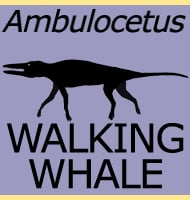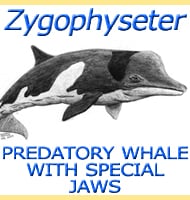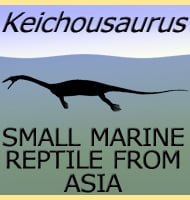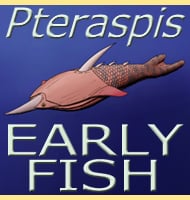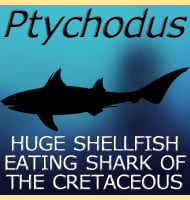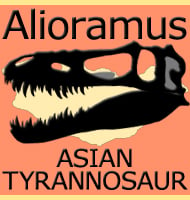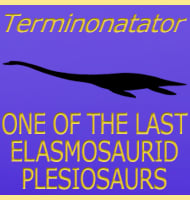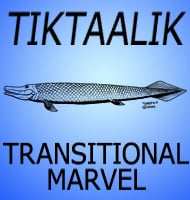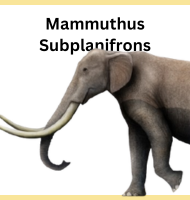In Depth
Struthiosaurus seems to have been fairly common across Europe during the Late Cretaceous, a time when much of continental Europe was more like an island chain. Originally based upon fragmentary Austrian material, many genera named by Harry Govier Seeley late in the nineteenth century have now been synonymised with Struthiosaurus. This combined with multiple fossil discoveries from other countries such as Romania have seen the Struthiosaurus genus expanded to include three species and be known by fossil material from over a dozen individuals.
Struthiosaurus was a very small nodosaur with fossils seemingly coming from individuals from about two meters, to two meters, twenty centimetres in length. This is likely a reflection of Struthiosaurus living on islands which had reduced food availability. By growing smaller, Struthiosaurus would have been much less likely to exhaust the limited food sources, and so this could be chalked up as a case of insular dwarfism. Still, Struthiosaurus retained their armour skin, probably as a result of the continued presence of predatory dinosaurs, possibly dromaeosaurid theropods.
Struthiosaurus should not be confused with Struthiomimus, an ornithomimid dinosaur that was living in North America at a similar time that Struthiosaurus was living in Europe.
Further Reading
- Notice of a fragment of a reptilian skull from the Upper Cretaceous of Gr�nbach. Quarterly Review of the Geological Society of London 26:394. - Emanuel Bunzel - 1871. - The reptile fauna of the Gosau Formation preserved in the Geological Museum of the University of Vienna - Quarterly Journal of the Geological Society of London 37(148): 620-707. - Harry Govier Seeley - 1881. - Leipsanosaurus n. gen. ein neuer thyreophore aus der Gosau. -F�ldtani K�zl�ny 48: 324-328. - Franz Nopsca - 1918. - A new species of Struthiosaurus (Dinosauria: Ankylosauria) from the Upper Cretaceous of Villeveyrac (southern France). - Journal of Vertebrate Paleontology 23(1): 156-165. - G. Garcia & X. Pereda-Suberbiola - 2003.

